The Importance of Filechecking in Print Production
Quality in print production isn't just about choosing the right materials; it also depends on careful file management. One crucial step often overlooked is filechecking. This process ensures that any file sent for printing is properly prepared and free from errors. By investing time in this stage, you can prevent potential issues from cropping up, ensuring that your project meets its visual mark every time.
Digital print services have become an integral part of modern printing methods, providing speed and efficiency. However, regardless of how advanced the systems are, a poorly checked file can lead to disappointing results. This is where effective filechecking comes into play. Whether handling high-definition images, maintaining correct colours, or confirming proper layout settings, the steps during filechecking significantly influence the final print quality.
Understanding Filechecking
Filechecking is a critical stage in print production where files are examined for accuracy and compatibility. It involves verifying various elements within a file to ensure everything aligns with the desired output specifications.
Let's break down the core aspects of filechecking:
- File Formats: Using the correct file format is crucial. For example, formats like PDF are preferred as they preserve formatting across different systems.
- Resolution: Ensuring that images have high resolution prevents pixelation or blurriness in the final print.
- Colour Profiles: Adhering to standard colour profiles like CMYK ensures colours are printed as intended. Misaligned colours can ruin a design, so checking these profiles is necessary.
- Fonts: Missing fonts can lead to unexpected substitutions, disrupting the layout or style of the text.
This stage helps address many common pitfalls and ensures your print project looks just as you imagined. By catching these potential issues early, you can avoid delays and unexpected costs associated with reprinting. Filechecking acts as the quality control of the entire process.
Common Filechecking Issues
When setting up a print project, many factors can go wrong if files aren't checked properly. Let's look at some typical filechecking issues that can arise:
- Low Resolution: This can make images appear blurry or pixelated in the final print. Ensuring files have a high resolution, usually around 300 DPI (Dots Per Inch), keeps your images sharp and clear.
- Incorrect Colour Profiles: Printing works differently from display screens. While screens use RGB colour profiles, printers often require CMYK. Using the wrong profile can cause colours to shift significantly, which might mean a vibrant red appears as a dull brown.
- Missing Fonts: If a font used in your document is missing, the printer might substitute it with something else, which can alter the appearance of your design and layout. Ensuring fonts are embedded or converted to outlines avoids this issue.
Imagine creating a stunning brochure only to receive a print that doesn’t reflect your design, all due to these preventable mistakes. Addressing these concerns early on impacts the quality and appearance of your printed materials.
Benefits of Proper Filechecking
Getting filechecking right from the start can save more than just face at the end of a project. Here’s why:
- Cost Savings: Printing can be costly, especially when errors lead to reprints. Detecting and fixing issues earlier avoids the extra expenses tied to reprinting.
- Preserving Brand Integrity: Your brand's image might rely heavily on consistently high-quality materials. Even minor errors in print can affect how people perceive your brand. Accurate filechecking helps maintain the professional look and feel associated with your brand identity.
- Streamlining Efficiency: Time is money in any business. By resolving probable file issues upfront, the entire production process runs smoother and faster, allowing quicker turnarounds for projects.
Thorough filechecking strengthens the entire workflow, ensuring your print jobs remain stress-free, both financially and logistically.
How to Implement Effective Filechecking
Setting up an effective filechecking system isn’t as tough as it sounds:
1. Create a Checklist: Having a checklist with key filechecking points can simplify the process. Include checks for file formats, resolution, colour profiles, and font checks.
2. Utilise Software Tools: Many software options assist in this process—like Adobe Acrobat for PDFs—ensuring all elements are in place before printing.
3. Regular Reviews: Make regular reviews of your procedures to adapt and refine your filechecking, accommodating new materials or techniques that your company may adopt.
By adopting these practices, you’ll gradually perfect the filechecking process, confidently achieving the print results you envisioned.
Transforming Your Print Results
Mastering filechecking is transformative. By handling every small detail, you gain control over the narrative your printed materials tell. From business cards to large promotional banners, each piece represents a facet of your overall brand strategy, and small mistakes in print can belie the professionalism you wish to show.
Implementing effective filechecking routines pays dividends in seamless operation and satisfaction in the final product. Make it a cornerstone practice in your print projects, and witness better results consistently. Keeping print quality high ensures your brand message is delivered clearly and effectively, every single time.
To elevate your print projects, embrace a system that incorporates effective digital print services with Absolute Creative Print. By doing so, you ensure precision and quality at every step, reflecting the professionalism your brand deserves. Let us help you turn potential print challenges into seamless successes, capturing your brand’s essence perfectly every time.

